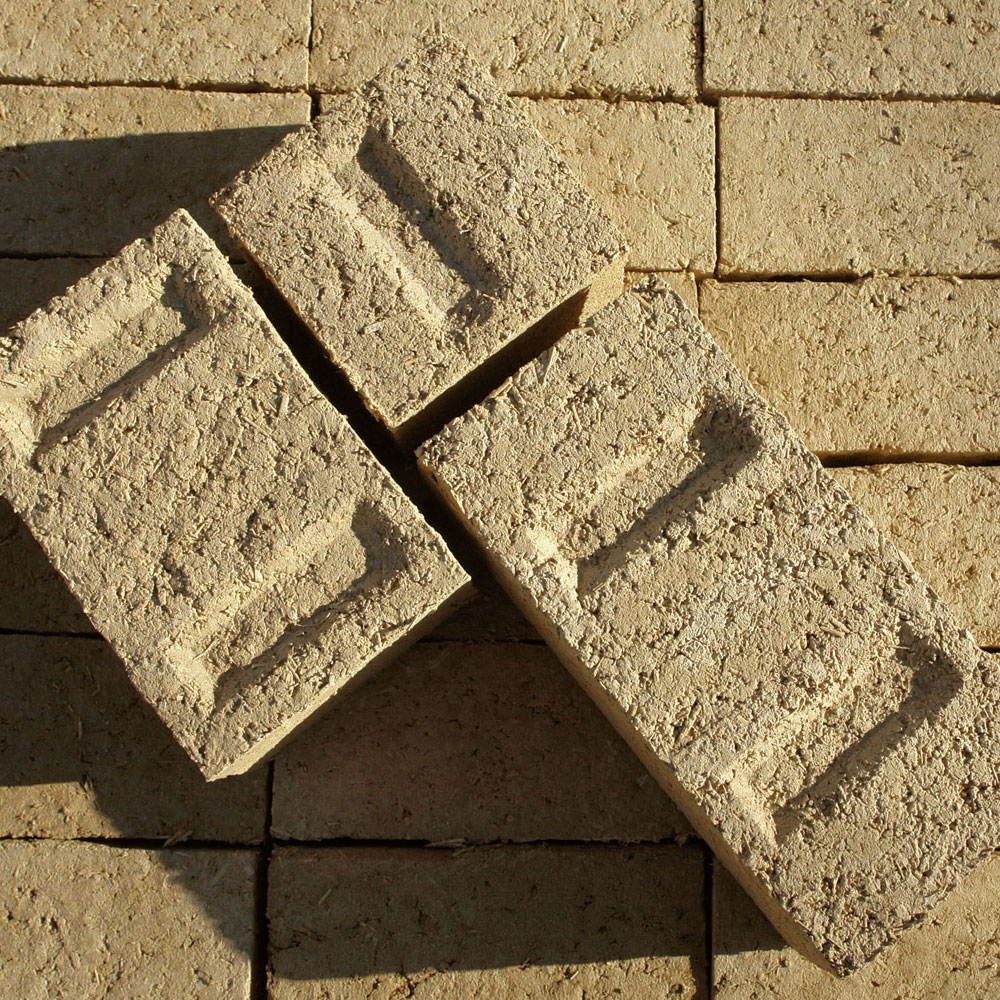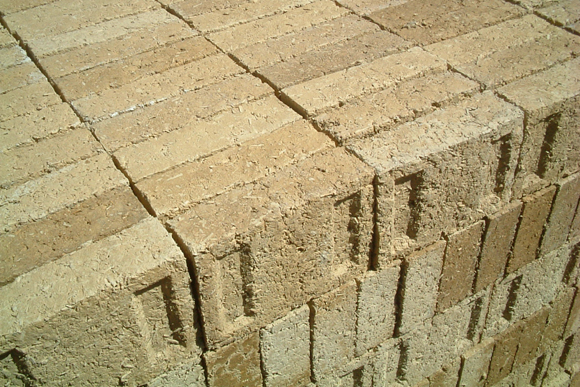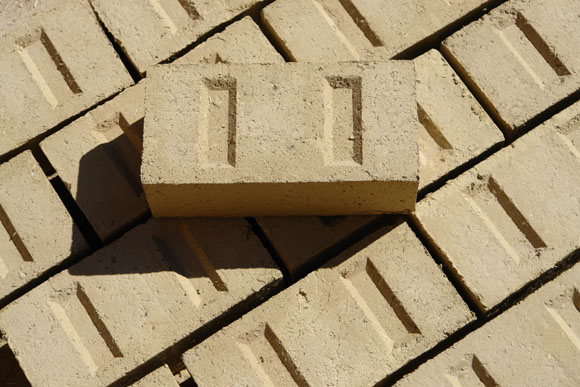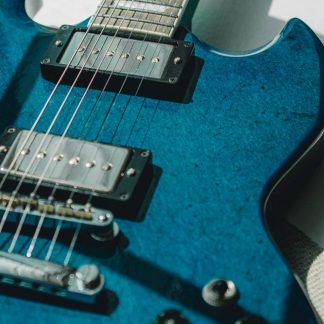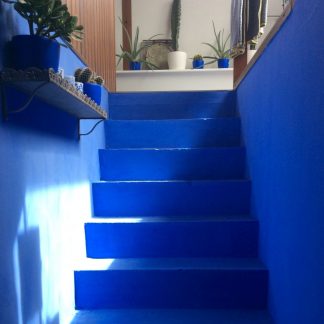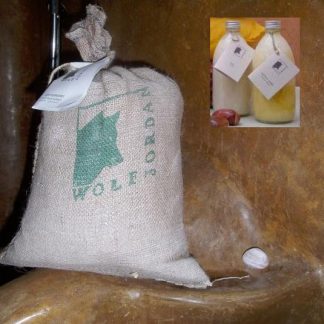Description
Cannabric is a building brick or block with negative carbon footprint, manufactured from hemp hurds, recycled clays and natural binders, obtained from the restoration of traditional cave dwellings near the factory. It is applied since 1999 in load-bearing walls of 1-3 floor buildings.
Its mechanical strength is within the range of adobe bricks, used for load-bearing applications since 8000 years up till present. In seismic areas combined systems may be recommended, depending on local conditions and the shape of the building. Cannabric walls also find application in inside divisions and annexed walls, e.g. to raise the comfort of the stone walls of an old building.
With a phase change of 12 hours, a load-bearing or external Cannabric wall equilibrates the temperatures and takes care for stable comfort. The brick combines a low thermal conductivity (0,1875 W/m·K) with a high specific thermal capacity (1303 kJ/m3·K), possessing therefore dynamic thermal properties apt for Mediterranean climate conditions and also those with great day/night differences (semiarid areas, desert areas). It is also recommended for tropical climates as its humidity regulating capacities are elevated, not only through the porous structure of hemp particles but also through the raw clay used for binding.
The best thermal performance is achieved by combining Cannabric with a bioclimatic design and with adequate mortars, renders and plasters. For mortars NHL3,5 or NHL2 lime is recommended. Outside renders can be done with NHL3,5, NHL2 or CL90 limes or hemp-lime. In hot and dry climates aerial putty limes are preferable. External paints systems need to be open pored, done with e.g. silicatic paint or lime. Inside plasters, when wanted, can be based on limes, clay or gypsum. Maximum acoustic and hygrothermal properties are achieved with uncovered or painted bricks or thin inside plasters (e.g. clay based plaster or brush painted plasters).

